
Damnamenia is a genus of flowering plants in the sunflower family.

Leptinella plumosa is a small flowering plant in the daisy family. It is a circumantarctic species found on many subantarctic islands in the Southern Ocean. The specific epithet comes from the Latin for “feathery”, referring to the form of the leaves.

Chionochloa antarctica is a species of grass, endemic to the Auckland and Campbell Islands.

Anthoxanthum brunonis is a species of grass, native to the South Island of New Zealand and to the Auckland and Campbell Islands.
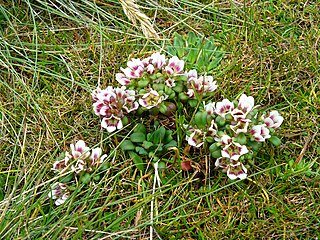
Gentianella concinna is a flowering plant species, endemic to the Auckland Islands of New Zealand.

The Flora Antarctica or formally and correctly The Botany of the Antarctic Voyage of H.M. Discovery Ships Erebus and Terror in the years 1839–1843, under the Command of Captain Sir James Clark Ross, is a description of the many plants discovered on the Ross expedition, which visited islands off the coast of the Antarctic continent, with a summary of the expedition itself, written by Joseph Dalton Hooker and published in parts between 1844 and 1859 by Reeve Brothers in London. Hooker sailed on HMS Erebus as assistant surgeon.

The Ross expedition was a voyage of scientific exploration of the Antarctic in 1839 to 1843, led by James Clark Ross, with two unusually strong warships, HMS Erebus and HMS Terror. It explored what is now called the Ross Sea and discovered the Ross Ice Shelf. On the expedition, Ross discovered the Transantarctic Mountains and the volcanoes Erebus and Terror, named after his ships. The young botanist Joseph Dalton Hooker made his name on the expedition.

Myosotis antarctica is a species of forget-me-not native to Campbell Island and southern South America. Joseph Dalton Hooker described the species in his 19th century work Flora Antarctica.

Acaena microphylla, the bidibid or piripiri, and outside New Zealand, New Zealand-bur, is a small herbaceous, prostrate perennial flowering plant in the rose family Rosaceae, native to both the North and South Islands of New Zealand. There are two varieties:

Anisotome antipoda is a species of flowering plant in the family Apiaceae, which is endemic to the Auckland, Campbell and Antipodes Islands.

Abrotanella rosulata is a plant in the family Asteraceae, endemic to the Campbell Islands.

Myosotis capitata is a species of forget-me-not native to the Campbell and Auckland Islands. Joseph Dalton Hooker described the species in his 19th century work Flora Antarctica.

Plantago aucklandica is a flowering plant in the family Plantaginaceae that is endemic to the Auckland Islands.

Gentianella cerina is a plant species in the Gentianaceae family, endemic to the Auckland Islands of New Zealand.
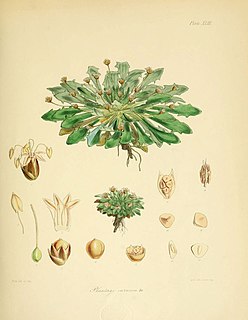
Plantago triantha is an annual plant of the family Plantaginaceae that is found in both Tasmania and the Auckland Islands.
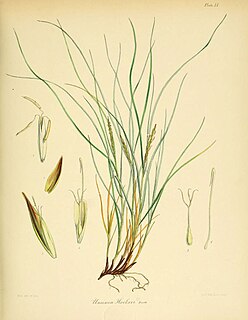
Carex erebus is a member of the sedge family and is found on the Antarctic Islands of Australia and New Zealand.

Agrostis subulata is a grass, which grows only on Campbell Island and on Antipodes Island in New Zealand.
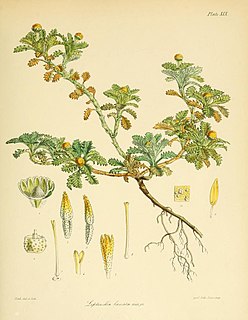
Leptinella lanata is a small flowering plant in the daisy family, native to the Antipodean Islands. Its specific epithet, lanata, describes its woolly-haired (lanate) rhizomes.
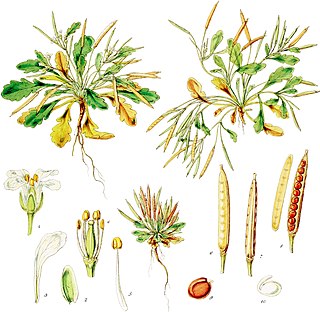
Cardamine depressa is a plant in the Brassicaceae family, found in the Antipodean Islands.

Geum albiflorum is a plant in the rose family, Rosaceae family, found in the Auckland Islands.





















